Persistent Petitioners: A Case Study
- PDH Home Base

- Feb 19, 2019
- 7 min read

“I may have as many copies in my deck as I wish? Yes please!”
To my delight, a new addition to the club of unlimited copies has been our format, and I am eager to dive in to see the best result. However, we can’t move so fast. Just like my previous case study for Shadowborn Apostle, it is not as simple as build and play. First of all, is it worth having as many copies of one creature as we’d like? Regardless of the appeal, can a great deck be built? In this article, I will break down how I feel will be the most suitable approach for playing Persistent Petitioners.

First of all, what is Persistent Petitioners? The new mono-blue common from Ravnica Allegiance, this two-drop creature lets you mill an opponent’s deck at an alarming rate. In a format without Eldrazi titans, this may be dangerous, but can it have an effect that allows it to be worth building?
Let’s assess the appeal of this creature. First, it has a very low CMC, and it’s safe from Electrickery. This is incredibly important, as the drawback comes from the number of these you need to mill an opponent for 12 cards. You will need at least 4 of these on the field, and as they will be targeted you will also need to replace them quickly.
Now, hold on a second. It doesn’t say you specifically need four Persistent Petitioners, it only requires four Adviser creatures. This is true, but I am choosing to not take that route. There are a few reasons for this. First, let’s consider the number of adviser creatures that are legal in the 99.
I’m not going to claim these creatures are bad, but they’re not exactly good either. For the idea of milling an opponent, these creatures contribute very little, to the point that they are almost a waste. The color scheme is also quite narrow, restricting us from red and green entirely. Observing the adviser commanders shows a similar issue
In this regard, we are restricted to mono-blue or Izzet, and the potential commanders are either entirely irrelevant or hindering the strategy. None of the above creatures are of any appeal whatsoever, so I propose it’s best to build under the assumption that Persistent Petitioners will be the only adviser creatures in the deck.
That matter is out of the way, and it removes color restrictions. The question now is, where do we go from here? Is the goal mono-blue, or splash in the white or black? Maybe choose something like a fan favorite, Mistmeadow Witch, or go with a Dimir pairing. None of these are bad ideas, but this is not where this article will go. For this deck, I propose the color pairing for this build will be Simic.
So, why Simic? I had chosen to explore this route primarily on a hunch, thinking that the combination of ramp and card draw with this color pairing would suit this deck well. While blue can counter or bounce cards, green possessed enough removal for artifacts, enchantments, and flying creatures to justify the addition, as opposed to white. After doing some digging for ideal commanders, this hunch has solidified into my recommended course of action.
As with the previous case study, I will try to avoid providing only one single commander as a solution, and more so focus on a general series of commanders that may complement the strategy. With this pairing, I can’t go without recommending the very popular Tatyova, Benthic Druid, as this provides a nice deal of life gain and card draw. However, it is a rather non-specific commander. In most cases, that’s great. However, it’s crucial for us to look at a commander that I would have considered completely useless, until now.
Wood Sage may finally be inducted into the “Hall of Viable Simic Commanders.” It may be easy to remove, but if applied correctly it can also be the way to cycle through a deck and get all the advisers we need! So, what do I mean by “applied correctly” with this deck? Consider that although it’s a low CMC, it’s also a low toughness creature. With the amount of red spells in particular that can deal just 1 damage to a creature, removing Wood Sage is almost effortless. On the other hand, there are plenty of low CMC equipment artifacts such as Slagwurn Armor, Accorder's Shield, or Cathar's Shield that will be great.
Since your opponents will be very aware of exactly what this deck is upon seeing the commander (If they know about the existence of Persistent Petitioners, the pieces will come together quickly about this deck), they will know it cannot stay in play. This means that the usage has to be strategic. It cannot come into play until equipment or another means of providing hexproof exist, and there must also be a sufficient amount of lands or ramp in play.
Keep in mind, as Wood Sage’s ability is used, whatever else isn’t a Persistent Petitioner will go straight to the graveyard. Until lands are in play, using this ability too early may send necessary resources to the graveyard. A full hand of creatures and no means of casting them is of no value either. In addition to this fact, suppose you see four cards and none of them are an adviser. That’s a full supply of resources that are sent straight to the graveyard. This also gives use for cards such as Anticipate, Preordain, or Taigam’s Scheming.
Although Wood Sage is certainly an interesting new choice to become playable, using other strong cards such as Kiora’s Follower or Shapers of Nature are also great choices. For one, these commanders are quite broad and not showing your entire strategy from the beginning. If you so choose to be a bit more creative with your design, these two aren’t nearly as rigid as Wood Sage. To elaborate, Kiora’s Follower behaves multifunctional, either untapping a land for ramping or untapping an adviser to use its special ability with fewer creatures. Shapers of Nature can help with strengthening your advisers and make them less prone to removal from red, or provide an extra means of card draw. Although I am leaning closer to Kiora’s Follower, both would still be great choices for flexible builds.
Among all of these commanders, are there any holes in strategy up to this point? Well, yes. First of all, let’s consider how possible it is to shuffle the graveyard back into the library. Also, who will utilize from having a full graveyard? Two cards in particular that are worth your attention.
Several months ago, I had observed several decks that benefit from a full graveyard, such as tribal zombies or Psychatog. A card like Exhume, although strict to black, benefits everyone in a way that can backfire. Since the choice for this study is to not run black, access to a Bojuka Bog or a Nihil Spellbomb are lost. All you have left is a Tormod’s Crypt and a Relic of Progenitus.
The other issue comes down to shuffling the graveyard back into the library. In standard EDH, this is a difficult matter due to the eldrazi titans (a Kozilek, Butcher of Truth always goes into a deck), but not nearly as large of a concern in PDH. There is only one card that needs to be remembered. Feldon’s Cane will undo a great deal of milling you have accomplished, and an opponent will most like not make a point of showing you until it’s too late. Your best bet is to have a counter spell ready for when this appears.
Aside from the strategy issues, let’s consider some of the elements of PDH, being the overall impact of creature combat. In particular, flying creatures are quite lethal, and this strategy is quite vulnerable to this. This is one more reason why the Simic pairing was chosen.
In this deck, I would recommend all four of these cards. Although Sagittars’ Volley is only focused on flying creature removal, there is a good chance it may remove more than just one flying creature. This covers a great deal of problematic removal, including frustrating enchantments that are giving opponents’ creatures “unblockable” or “hexproof.”
There is a great need for protective spells, such as equipment, card draw, ramp, and counter / removal. That will take up a great portion of the deck. With that said, how many Persistent Petitioners should be ran in a deck? Well, that is hard to say, but I will propose what I feel the ideal number should be.
For this deck, I will recommend running 30 copies. Upon opening hand, the chance of having at least two is close to 90%, which is a great start. If you choose to play Wood Sage and start using his ability by turn 4 or 5, your chances of drawing at least 2 will remain approximately around 60% for the first number of turns (probability slowly creeping down after each turn, the speed of this relying on if you drew more than 2).
Suppose Wood Sage is not the way you’d like to go, and you’d rather play a less narrow strategy. That’s fine, and you can lower the number of advisers, but I would not recommend dipping lower than 25.
So, that sums up creatures. The next matter comes down to knowing how to build the remainder of the 99. This is actually a rather simple response if you have been playing for a while. Card draw, ramp, counter spells / removal, and defensive equipment. Anything else?
Also previously mentioned were cards that could help you shape the top of your deck or cycle quickly. In addition, having a means of tapping and untapping will be of much value. The green addition may not be something you want, but I guarantee you will catch your opponent off guard with this one. Whether you use this as a defense or an assault, Echoing Courage will give you a solid bang for your buck.
This is my assessment. Do you agree? Maybe I’ve opened your eyes, or maybe you’ve got a better idea. In any case, please share with me your thoughts and your personal plan for putting Persistent Petitioners into effect. Let’s see what you bring!
-Kyle
@PDH_Homebase


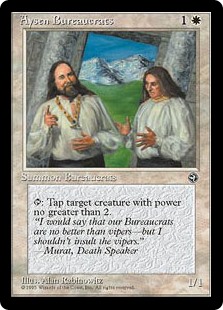



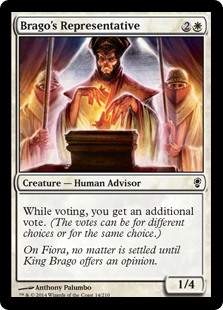



















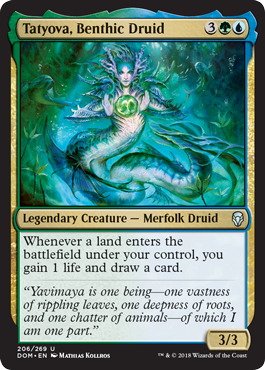



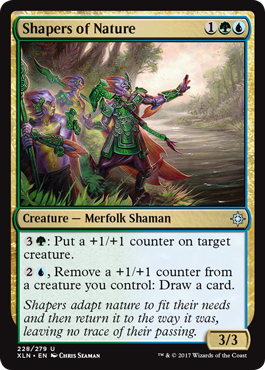













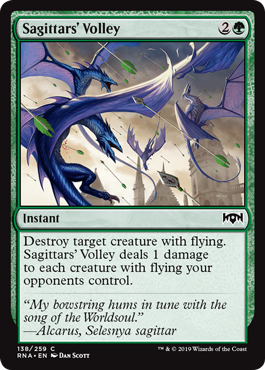













Comments